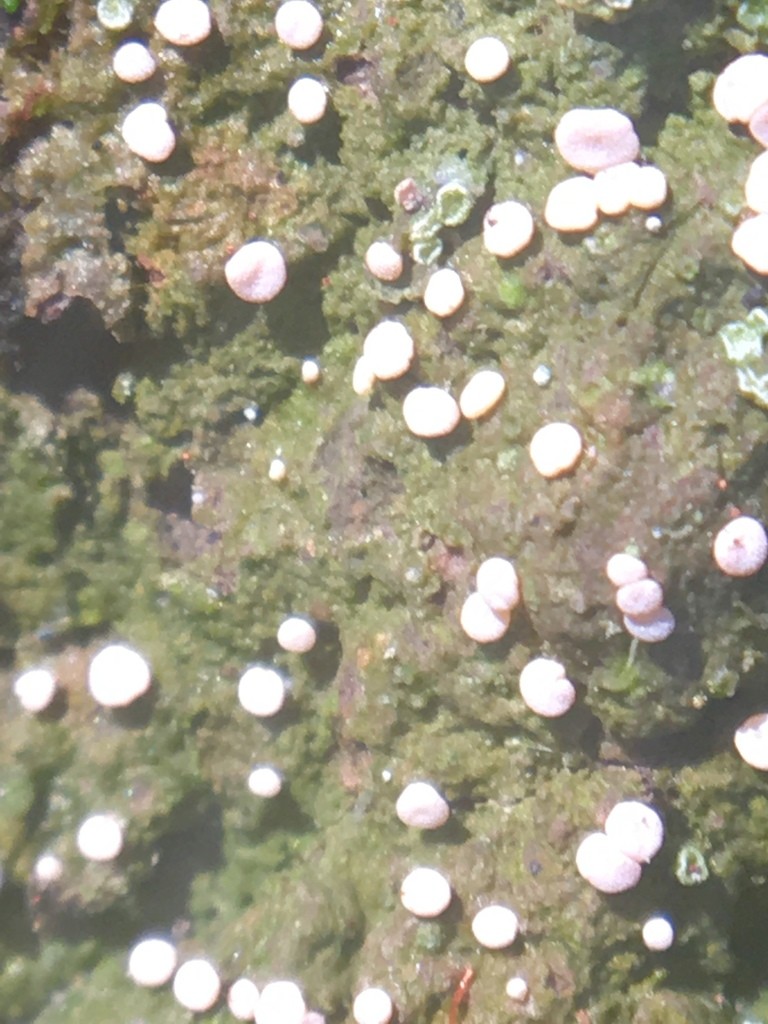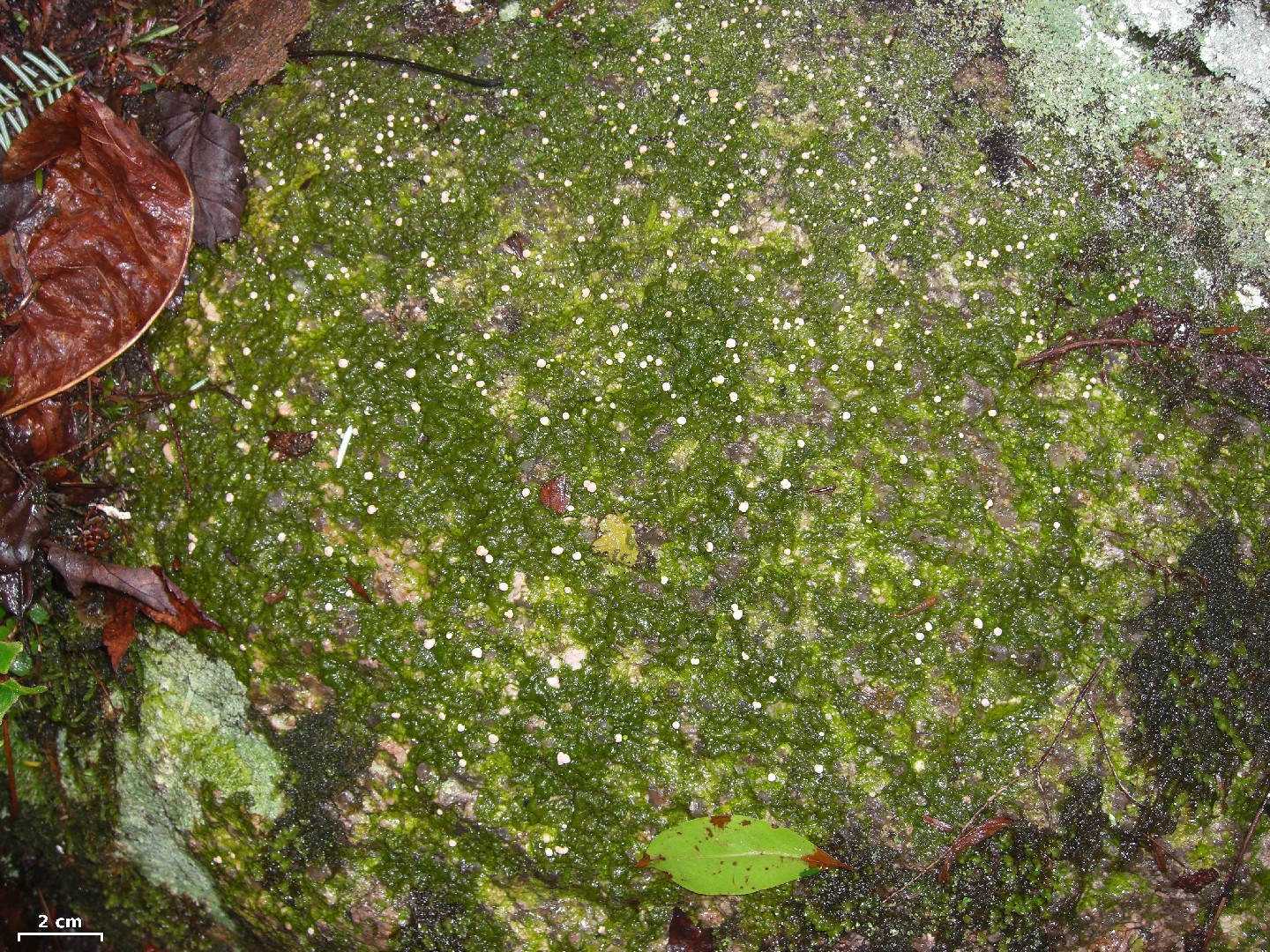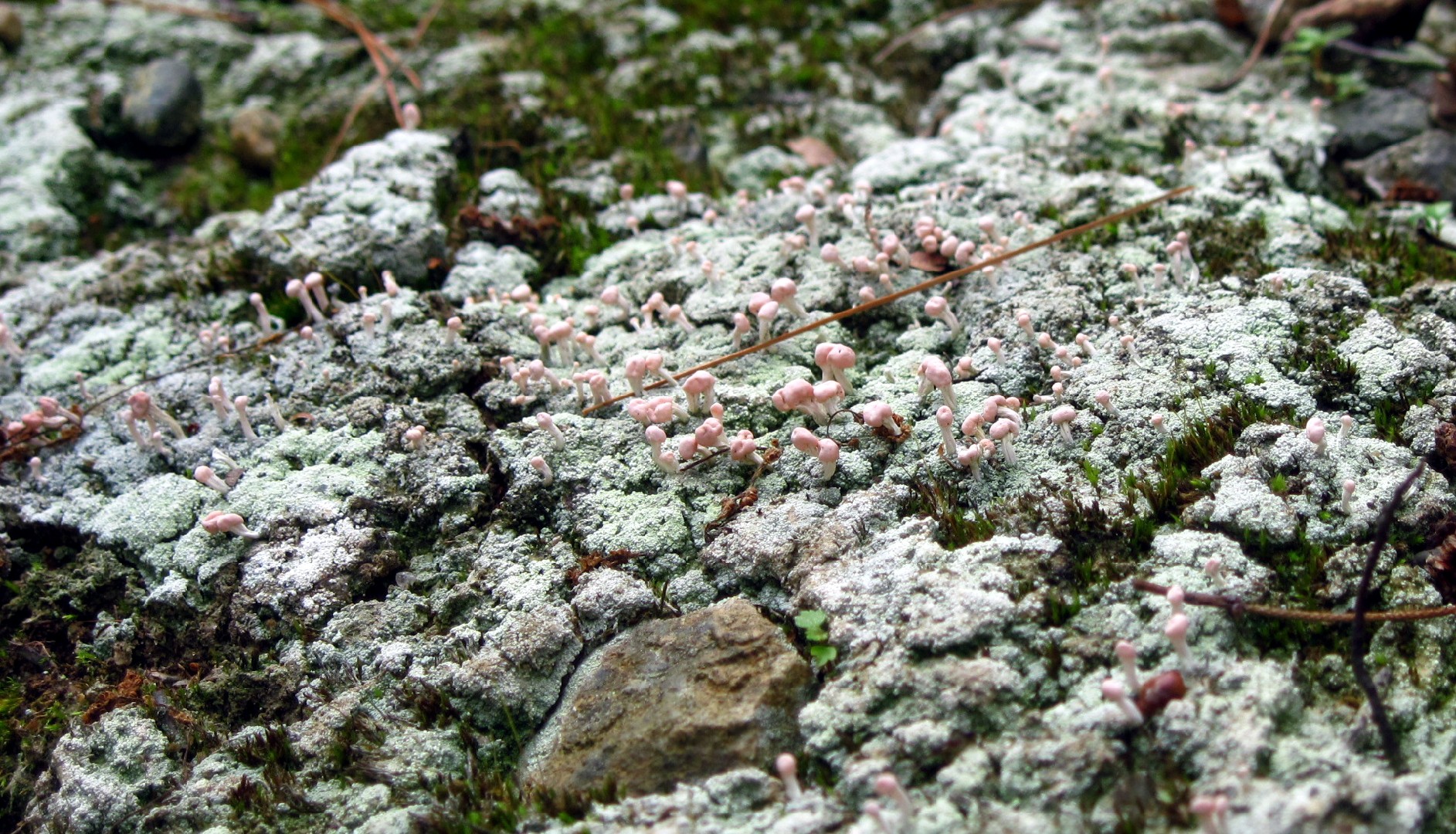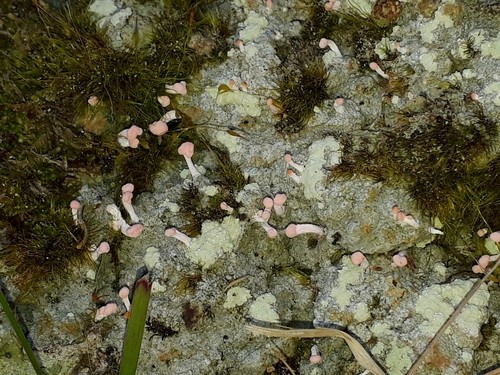Dibaeis
Scientific name: Dibaeis
Dibaeis
Scientific name: Dibaeis
 Photo By Liam O'Brien , used under CC-BY-4.0 /Cropped and compressed from original
Photo By Liam O'Brien , used under CC-BY-4.0 /Cropped and compressed from original Description
Dibaeis is a group of lichen known for their vivid and colorful appearances, often showcasing hues of pink and red. These lichens thrive in harsh, nutrient-poor environments where most other plants struggle to survive. They have a symbiotic relationship with algae, which helps them photosynthesize and create food. Dibaeis can typically be found on rocky surfaces, soil, and decaying wood, playing a crucial role in their ecosystems by breaking down minerals and providing habitats for small organisms.


